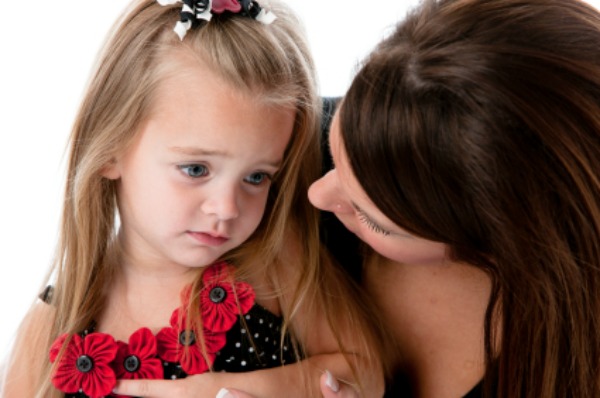
“Now, be good!” a mother instructs her toddler. “If you are good, you get a treat,” says another to her 6-year-old. It is a common request with the hopes of eliciting positive behavior, yet what does “being good” truly mean?
Defining good behavior
Everyone wants their child to be “good.” However, when parental pleas to be “good” and reprimands for being “bad” are not specific, well-explained, consistent or realistic, both child and parent end up feeling frustrated.
If “good” is not clearly defined to a youngster still learning the rights, wrongs and sociocultural norms of the world, compliance with the command would indeed be a challenge.
Why “good” can be bad
When a child is told to “be good” it carries with it a certain amount of vagueness and subjectivity. Being good can mean different things to different people on different days under different circumstances. The best behavior management strategies identify a few specific behaviors using clear and concise language to replace the umbrella term of “good.”
Defining “good” for your family
The initial step in helping a child learn how to be good, or in other words make positive behavior choices, is to define specifically what being good means. This involves the creation of family rules. Rules provide parameters for the specific behavior you want to see your child exhibit and keeps the entire family on the same page when it comes to what is acceptable and unacceptable.
Follow these guidelines to define “good behavior” for your family:
Rules are an extension of your family’s values, so focus on those core values you most want to teach your child.
Keep the rules simple and remember that the fewer, the better. Good examples of effective family rules include, “Respect yourself and others” and “Act responsibly.” Two to four rules are sufficient.
State the rules in the positive. For example, instead of saying, “No hitting,” phrase the rule as, “Keep hands and feet to yourself.” “No yelling” can be translated into “Use calm, inside voices” and “No fighting” is better as “Resolve problems peacefully.”
Make sure the expectations and consequences are clear. Praise is far more effective than punishment, so lavish on the praise when a child is making good choices and following the family rules. Be specific with your praise. Instead of saying, “Good job!” say, “I like the way you shared your toy with your little brother.”
Consequences to breaking the rules should be predetermined, consistent and predictable. When a consequence is delivered, clearly articulate the cause and effect. Allowing a child to understand his or her choices creates a positive teaching moment instead of a negative, punitive episode. An example would be: “You were not using your inside voice at the dinner table, so you do not get dessert. Next time, I know you can make a better choice and earn that ice cream!”
Create rules that are developmentally-appropriate, realistic and obtainable. The idea is to give a child the opportunity for praise and reinforcement which is a far more powerful behavioral strategy than punishment. The goal should always be to make the choice of “good” behavior and positive attention more appealing than the alternative.
More about kids' behavior
Spoiled rotten: Why you shouldn't coddle your kids
From awesome to awkward overnight
E is for Extrovert: Parenting an outgoing child